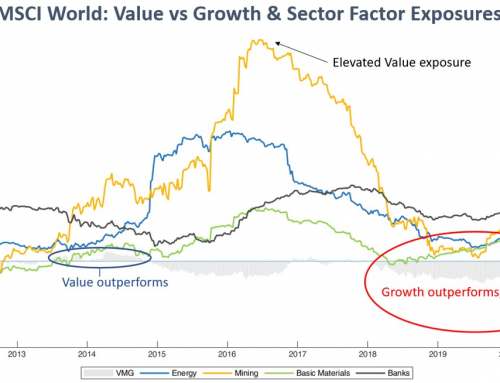Only a relatively small number of investors and advisers are experiencing the wide benefits of managed accounts but too many are still missing out.
There’s a misconception that managed discretionary accounts (MDA) are primarily suited to investors and advisers who want to invest directly in an actively-managed portfolio of listed shares.
However that narrow definition severely limits the scope and diversity of MDAs, and who can benefit from them.
MDAs are a way for investors and advisers to bypass inefficient and costly wrap platforms in order to construct and manage tailored portfolios, implement investment ideas in a timely manner, and ultimately deliver enhanced client outcomes.
They’re not limited to direct securities.
The MDA structure can be used to construct a myriad of portfolios made up of managed funds, exchange traded funds, term deposits, cash and equities. It all depends on what’s right for the client.
Many advisers and clients still prefer to invest in managed funds.
They’re comfortable and familiar with managed funds, which can offer greater diversity and lower portfolio risk. Many clients trust their adviser to choose only fund managers with a sound investment philosophy, proven stock selection process and a consistent track record of performance.
From a licensee and dealer group perspective, managed funds are potentially a more palatable way to provide a scalable, centralised way for portfolios to be managed across many advisers.
Despite the obvious benefits MDAs can deliver to investors, there are still some who believe that financial advisers don’t have the experience, skill or resources to build and manage portfolios.
The naysayers (many of whom have vested interests) argue that advisers should leave asset allocation and portfolio construction to the large ‘brand name’ fund managers. There are enough examples of dealer groups who tried and failed to successfully build their own portfolios in the history of financial planning to make them think they’re right.
There’s no question that some advisers don’t have the ability or desire to manage client portfolios but on the other hand, there are well resourced advisory firms who are best-placed to choose the most appropriate investment structure, asset allocation and underlying managers for their clients. They know their clients’ unique circumstances, risk tolerance, financial requirements, objectives and fee budget. Importantly, their clients trust them and want them to have responsibility and accountability for portfolio management, which does not necessarily need to be a direct equity solution.
MDAs empower advisers and their clients.
MDAs allow advisory firms to differentiate themselves and deliver customised portfolio solutions to different client segments.
A managed fund portfolio administered via an MDA can deliver a lower cost solution compared to many model portfolios available through traditional platforms. Advisory firms can lower the raw cost of investment management and administration by up to 0.4 per cent per annum. MDAs also provide access to specialist managed funds that are otherwise unavailable on traditional platforms.
DFS Advisory has been using a MDA on behalf of its clients since 2008. There is no doubt that our clients’ interests are better served. The MDA portfolio management functionality has enabled DFS to efficiently manage a suite of managed fund models, which directly addresses the chronic implementation lags associated with traditional platforms. Since this time, Records or Statements of Advice for changes to client portfolios have not been required and significant improvements in business efficiency have been achieved.
DFS has developed a dynamic risk based asset allocation process under its MDA, which can result in a portfolio deviating significantly from the benchmark. Our portfolios have generated some meaningful outperformance since inception in January 2012.
The outperformance has been generated by actively-tilting the asset allocation to growth assets during a period of subdued market risk. DFS has no preconceived beliefs or expectations that stable market conditions will necessarily continue. As soon as any material increases in market risks are observed, the portfolios are swiftly adjusted to stabilise risk.
We now take this for granted, but our dynamic risk based asset allocation process would be impossible to implement through a traditional platform.







